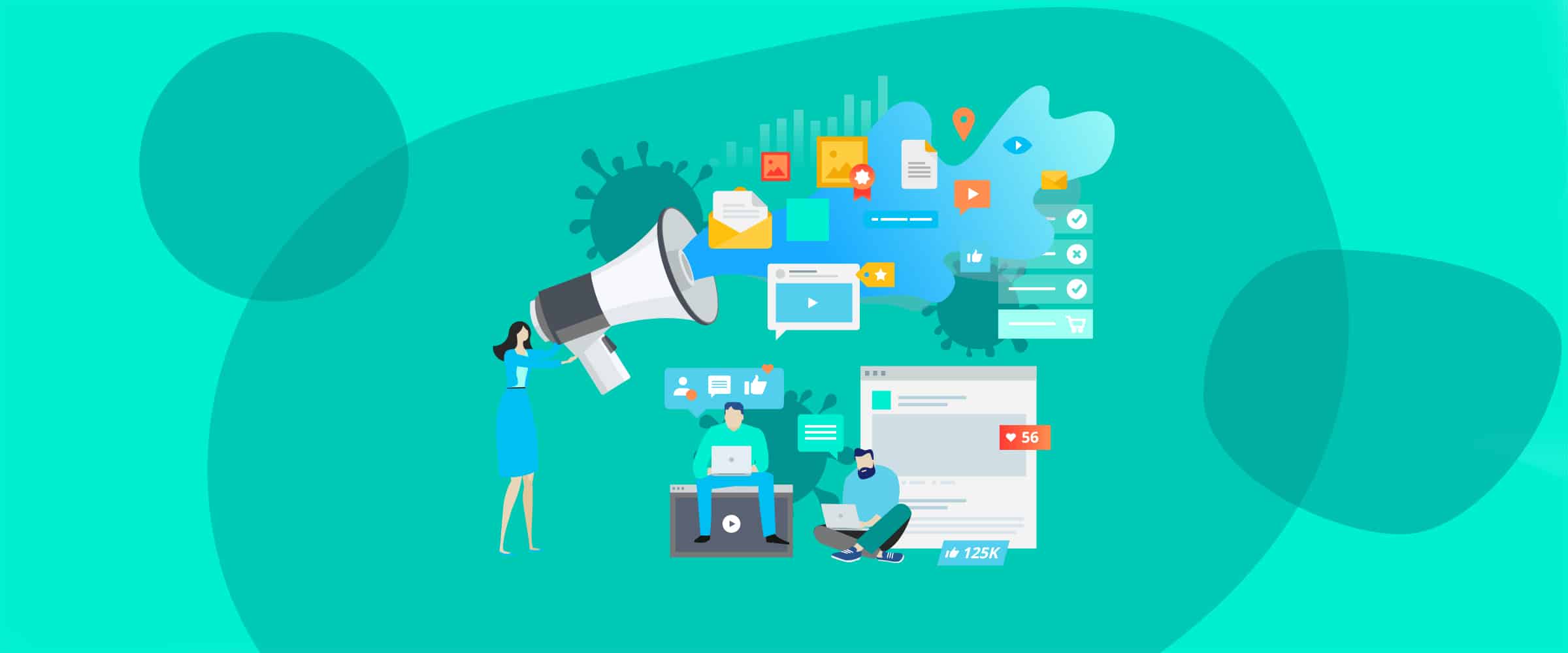In industries where purchase intent has dropped off a cliff, what can marketers be doing right now? Is it wise to keep spending on digital advertising when consumers have disappeared from stores and websites?
Many more consumers are engaging with social media. This, coupled with the reduced demand for advertising in the auctions, means that now is a good time to get great results. Even for those brands where consumers are not actively purchasing, investing in top of funnel brand awareness and audience engagement can be very beneficial for when consumer confidence returns.
Comparing the Digital Advertising Numbers
We analyzed data from over 100 clients spending tens of millions of dollars who represent a multitude of consumer categories including:
- Retail
- eCommerce
- Financial services
- Automotive
- Property
We examined marketing performance data over a seven-day period (March 21-27, 2020). This was a period when most countries transitioned into total “lockdown.” We then compared this data with like-for-like performance from one month prior.
Some consumer brands paused their digital marketing Most marketers managed to maintain some, albeit reduced, level of digital advertising activity. A selection of brands actually increased advertising spend. Categories that are responding to the current crisis with increased advertising spend include:
- Insurance and financial services
- Entertainment and gaming services
- Delivery services
- Online grocery shopping
- Fitness, medication and personal care
Across all consumer categories, we’ve identified some data points which provide potentially useful signals to marketers for advance planning. During the first 7 days of the global lockdown, there was significantly more value available to marketers from digital ad channels such as Facebook, Instagram, YouTube, and Google.
The supply and demand economics of these advertising auctions are rather volatile. With reduced demand for advertising inventory the auctions are suddenly less competitive. This is then coupled with an increased supply of time-rich consumers who are more active on social media platforms. As a result, we can see that very quickly auction prices came down, creating opportunities for advertisers.

First Week of Lockdown Results
-
Across all stages of the funnel, marketers’ costs per action reduced on average by 24% across the EMEA markets. In practice, this means that marketers can broadly achieve the same levels of consumer action with just 3/4 of what it would have cost previously.
-
For all marketers, the greatest value can be achieved at the top of the funnel. The cost to “reach” consumers declined by a median of 36%.
-
With more time on people’s hands, the level of engagement with rich media increase. The cost to achieve 100% view-through of video content decreased by 23%.
-
From our research, it is clear that top of funnel marketing delivers more value right now. Even lower down the funnel, consumers are still engaging with brands and advertisers can achieve increased value. The costs associated with delivering traffic to consumer brands’ websites reduced by 19% on average.
At the very bottom of the funnel, conversion rates are very much dependent on the specific product or service being offered by brands and the data displays significant variability.
Financial Sector results
One sector that appears to be particularly robust at this time is the Financial Services sector, including insurance, lending, and money management services. Unsurprisingly, consumers are actively engaging with insurance and money-management services, such as income protection, life insurance, and health insurance.
In the first seven days of the current phase of the crisis:
- Financial services marketers achieved the same volume of consumer reach at less than half (47%) of what it cost just one month previous
- Consumers are not just researching financial products. They are actively converting with costs per lead reduced by an average of 40% across the board
Conclusion
While some sectors are faring better than others, our analysis indicates that most marketers can unlock significant value where they retain access to even reduced marketing budgets. For those categories where consumer purchase intent remains high, the effective acquisition costs when advertising across all stages of the funnel are greatly reduced.
In categories where immediate purchase intent is reduced, consumers do appear to remain open to brand messaging and are actively researching future purchases. Now is a good time to cost-effectively build out audiences who are interested in your product or service offering. They may not be in a position to purchase today, but it seems wise to invest in higher funnel initiatives. As a result, when consumer spend starts to flow (and the ad auctions become more expensive again) you will be in a better position to convert already-engaged consumers.
About Optily
Optily is the only single-click ad spend optimizer for eCommerce. Our plug-and-play online platform quickly links all of your Google and Facebook ads together. This helps you easily determine which campaigns are working and which aren’t. With just one click, you can apply our optimization recommendations–like moving budget from a lower performing Google ad to a better performing one on Instagram.
Optily saves you time and money by instantly optimizing your ad spend.







